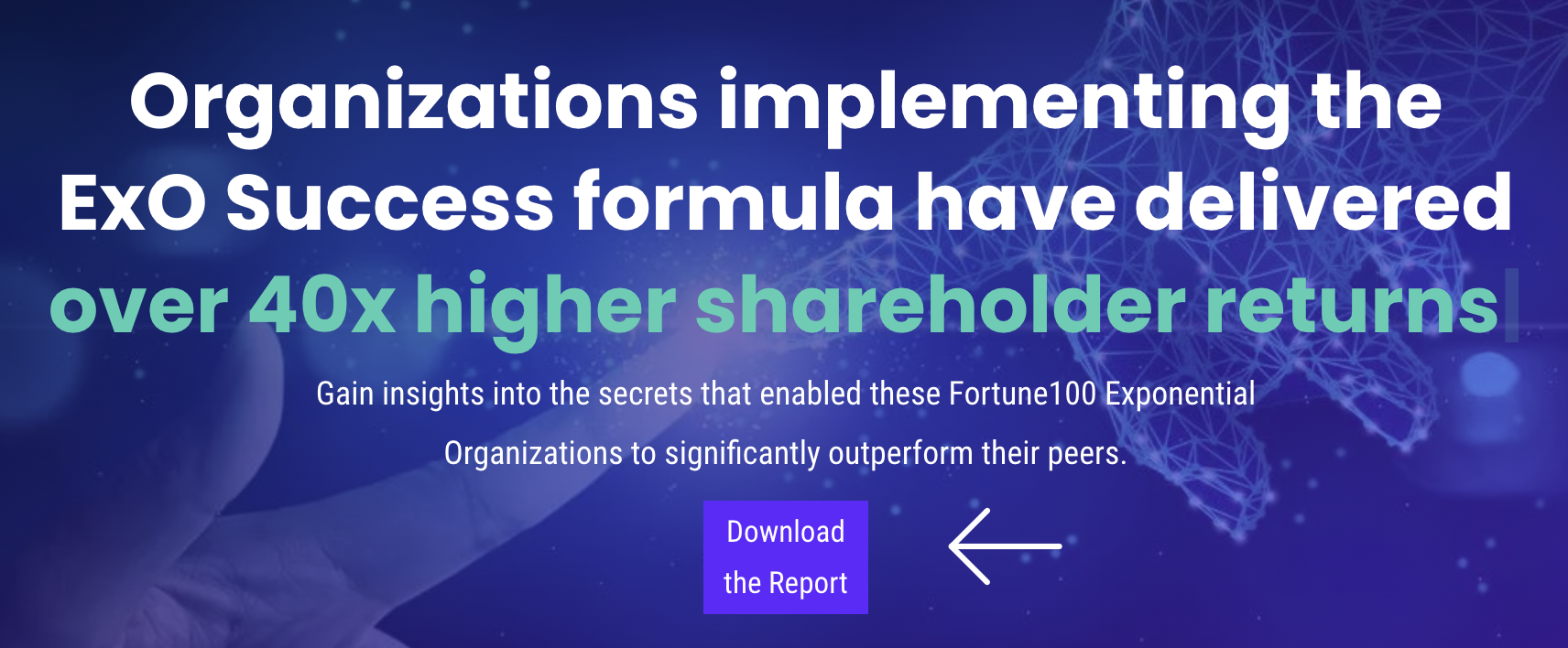
Taking Exponential Strides - The Stripes Way
STRIPE, the payment processing firm established in 2010 in California, USA has been a success story from Day 1. Featured in the 2021 TIME100 Most Influential Companies list, it is an excellent example of the power of exponential thinking and doing.
The initial period of the rise of e-commerce towards the end of the 20th century outpaced the underlying payment technology and services. At that time, the largest eCommerce companies invested in building their own systems. But for the new and small e-commerce start-ups, this wasn’t a viable solution and instead turned to PayPal, which promised to make accepting online payments more manageable.
Only…it didn’t.
PayPal was considered unnecessarily clunky and complex and came with too many regulations and setup fees. At a time when every other aspect of starting an online business had become more straightforward, accepting payments remained complicated.
And that’s how the idea for an instant-setup payment platform focused on small businesses and, more so the developers in these businesses that can scale to any size was born, in the form of Stripe.
Founded in 2010 by two Irish entrepreneurs brothers, John and Patrick Collison, Stripe's initial traction was built around a simple API (actually a seven-line code) encapsulating the logic of collecting card payment information, securely storing it, and utilizing it to bill customers for purchases with minimum fuss. A process that used to take several weeks was now a cut-and-paste job taking just a few hours for the developers building e-commerce sites.
In addition to reimagining how sellers accepted payments online, Stripe further disrupted how buyers pay for things online. Unlike its predecessor, PayPal, Stripe didn’t insert itself into the buying process. It worked behind the scenes so that buyers never have to leave a company’s checkout page or enter some third-party-branded workflow to complete a transaction.
Back in the old days, the primary growth channel of Stripe was word-of-mouth marketing. Stripe sends care packages to all developers who collaborated with them and deployed live instances of the Stripe API. These packages included swag like t-shirts and stickers, which developers wore and shared proudly on social media, spreading brand awareness for the company. Another critical component of Stripe’s community-building campaign was meetups and sponsored hackathons. By fostering such developer communities, Stripe also created a competitive advantage and replaced a lengthy enterprise sales cycle with a direct model that allowed rapid customer adoption without the burden of relying on an expensive sales force.
Stripe has focused on obsessive devotion and exacting standards. Every aspect of Stripe’s suite seems to have been worried over, honed, and polished from design to functionality. Indeed, one of Stripe’s values is to really, really listen and care. From the outset, Stripe has been built in close collaboration with its customers and through experimentation. And partially because Stripe’s customers are typically engineers, building companies, or managing payment systems — they’re especially well-suited to provide pointed feedback.
Over the years, Stripe has expanded beyond SMEs to serve large enterprises. But, it charges the same fee no matter who the customer is and how many transactions they process through the product — it’s always 30 cents + 2.9% per charge. Such pricing is straightforward and transparent, and structured in a way that aligns the company with the goals and motivations of each of its customers, regardless of how big they are.

Driven by its mission to “increase the GDP of the internet,” Stripe has been strategically identifying the needs for simplification across the wider payments infrastructure arena and forayed into solutions related to fraud detection, card issuing, and financing, amongst others, over the years. With Stripe Issuing, companies can instantly create virtual or physical credit cards equipped with real-time authorizations. Stripe Radar, another new value proposition, tackles fraud by applying machine learning to the billions of payments processed by Stripe each year to block suspicious activity.
To facilitate such innovations and the resulting growth witnessed, Stripe has systematically followed what it calls “an uncommon approach.” Stripe positions itself as an organization for the versatile, the supportive, the impatient, and most of all, the obsessively user-focused.
The company has a flat structure without titles - it’s about what one does, not what you’re called. It emphasizes democratized communication, transparency, and trust. Stripes are encouraged to “lurk” into co-workers' projects to learn about what is happening and provide relevant feedback. Stripe operated a “HackPad” to share project details with the entire organization - essentially an open Google document with information on everything being built. Such practices have ensured that information is spread across the organization, discouraging the creation of silos and helping ideas bloom from the bottom up.

Stripe is perhaps not a conventional capitalistic unicorn but one driven by a transformative purpose to drive humanity forward and its commitment to a multi-decade timeline. This is best exemplified through a tweet in March’2021 by the founder Patrick Collison
That is not to declare the company an enduring success yet. In fact, it has not been untouched by the fall in valuations in the FinTech space during 2022. Though Stripe feels like a generational company in the making, the business is only at the beginning of its second decade. While it is attempting a delicate balancing act between serving SMBs and enterprises, the company is also beset by a crowding competitive landscape.
Will the future turn out to be too much to prove? Or will Stripe continue to take exponential strides?
This article on Stripe is part of a SPOTLIGHT series on some of the TOP100 Exponential Organizations to map their journey over the last eight odd years since the list was initially published in 2015.
To get insights from the successes and debacles, read the stories of other ventures which have thrived but also some which didn't.
DUOLINGO https://insight.openexo.com/startup-success-the-duolingo-way/
TUMBLR https://insight.openexo.com/why-tumblr-tumbled/
GoPRO https://insight.openexo.com/the-rise-the-fall-and-a-resurgence-gopro/

ExO Insight Newsletter
Join the newsletter to receive the latest updates in your inbox.









